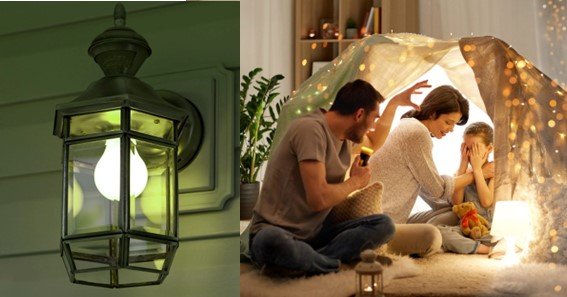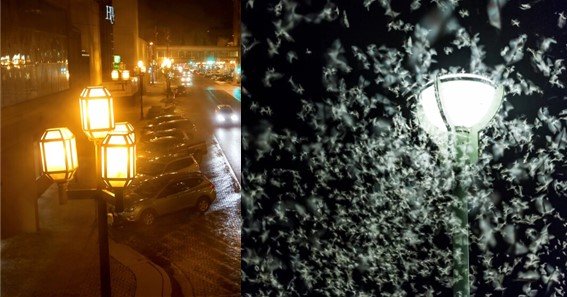Light pollution is the excessive or misdirected artificial light in the environment that negatively impacts ecosystems, human health, and the visibility of the night sky. As urbanization expands, light pollution becomes a growing concern, making it essential to understand its causes and mitigate its effects.
Major Causes of Light Pollution
- Street Lighting
- What It Is: Streetlights are essential for public safety, but poorly designed streetlights can emit light upwards and sideways, contributing to unnecessary illumination of the night sky.
- Impact: These lights increase skyglow, making it difficult to see stars and disrupting nocturnal wildlife behavior.
- Commercial Lighting and Advertisements
- What It Is: Billboards, neon signs, and bright advertisements in urban areas are common sources of light pollution. These lights often stay on throughout the night and are overly bright.
- Impact: Excessive lighting creates light clutter and contributes to skyglow while also disrupting ecosystems and human circadian rhythms.
- Residential Lighting
- What It Is: Many homes use outdoor lighting for security, landscaping, or decorative purposes. However, when these lights are not properly shielded, they add to light pollution.
- Impact: Unshielded lights can spill into neighbors’ homes and the night sky, disrupting human sleep patterns and local wildlife.
- Vehicle Lights
- What It Is: Headlights from cars, trucks, and other vehicles contribute to light pollution, especially in densely populated urban areas and highways.
- Impact: Vehicle lights create glare and disrupt the natural darkness, affecting animals that rely on the dark for navigation and feeding.
- Sports Lighting
- What It Is: Outdoor sports fields and stadiums use powerful floodlights for nighttime activities. These lights often extend beyond the playing area and contribute to light pollution.
- Impact: The bright lights from sports arenas cause significant light spillover, affecting nearby neighborhoods and disrupting wildlife.

Conclusion
Understanding the causes of light pollution is the first step toward minimizing its impact. By implementing better lighting design, using shields on outdoor lights, and being mindful of energy usage, we can reduce light pollution and help preserve the natural beauty of the night sky.
FAQ
- What is light pollution?
Light pollution refers to the excessive or misdirected artificial light that brightens the night sky, impacting ecosystems and human health. - What are the primary causes of light pollution?
The main causes include street lighting, commercial and residential lighting, vehicle headlights, and lighting from sports arenas. - How does light pollution affect wildlife?
Light pollution disrupts the natural behaviors of nocturnal animals, affecting their feeding, migration, and reproduction cycles. - What is skyglow?
Skyglow is the brightening of the night sky caused by excessive and scattered artificial light, which makes it difficult to see stars. - How can we reduce light pollution?
Light pollution can be reduced by using energy-efficient, well-shielded lighting, dimming or turning off unnecessary lights, and designing lighting systems that minimize upward light emission.










